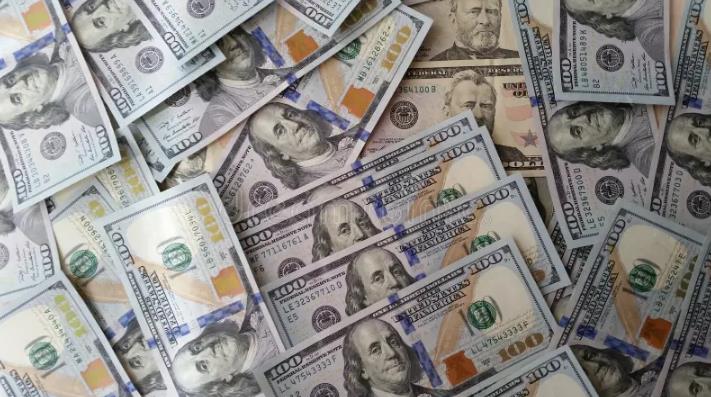The U.S. dollar slipped to its lowest level in more than two months on Tuesday, as traders awaited the release of the latest inflation data from the world’s largest economy.
The dollar index, which measures the greenback against a basket of six major currencies, fell 0.3% to 89.86, its lowest since February 25. The index has lost more than 2% this month, as the Federal Reserve’s dovish stance and the improving global outlook have reduced the demand for the safe-haven currency.
The dollar’s weakness was also evident against other currencies, such as the euro, the British pound, the Japanese yen, and the Australian dollar. The euro rose 0.4% to $1.2256, its highest since January 8. The pound gained 0.3% to $1.4175, its highest since February 25. The yen strengthened 0.2% to 108.65 per dollar, its highest since May 11. The Aussie dollar climbed 0.6% to $0.7785, its highest since February 26.

Traders eye PCE data for inflation clues
The main focus for the dollar this week will be the release of the personal consumption expenditures (PCE) price index on Friday, which is the Fed’s preferred measure of inflation. The PCE index is expected to show a 2.9% year-on-year increase in April, up from 2.3% in March, according to a Reuters poll.
The PCE data will follow the consumer price index (CPI) report earlier this month, which showed a 4.2% annual rise in April, the highest since 2008. The CPI report sparked a brief spike in the dollar and Treasury yields, as some investors feared that the Fed might have to tighten its monetary policy sooner than expected to curb inflation.
However, the Fed has repeatedly said that it expects inflation to be transitory, driven by base effects and supply bottlenecks, and that it will maintain its ultra-accommodative stance until the economy reaches its goals of full employment and stable prices. The Fed’s minutes from its April meeting, released last week, also showed that most policymakers were not ready to discuss scaling back the central bank’s massive bond-buying program.
Other factors weigh on the dollar
Apart from the inflation data, the dollar was also under pressure from other factors, such as the progress of the coronavirus vaccination campaign and the fiscal stimulus plan in the U.S., which have boosted the prospects of a strong economic recovery and increased the appetite for riskier assets.
Moreover, the dollar faced some headwinds from the political developments in the U.S., such as the ongoing negotiations between the White House and the Republicans over the infrastructure spending package, and the probe into the January 6 Capitol riot, which could revive the tensions between the two parties.
On the other hand, the dollar could find some support from the rising tensions between the U.S. and China, which have escalated in recent days over issues such as trade, human rights, and Taiwan. The U.S. has also expressed its solidarity with Israel amid the conflict with Hamas in Gaza, which could add to the geopolitical uncertainties in the Middle East.
